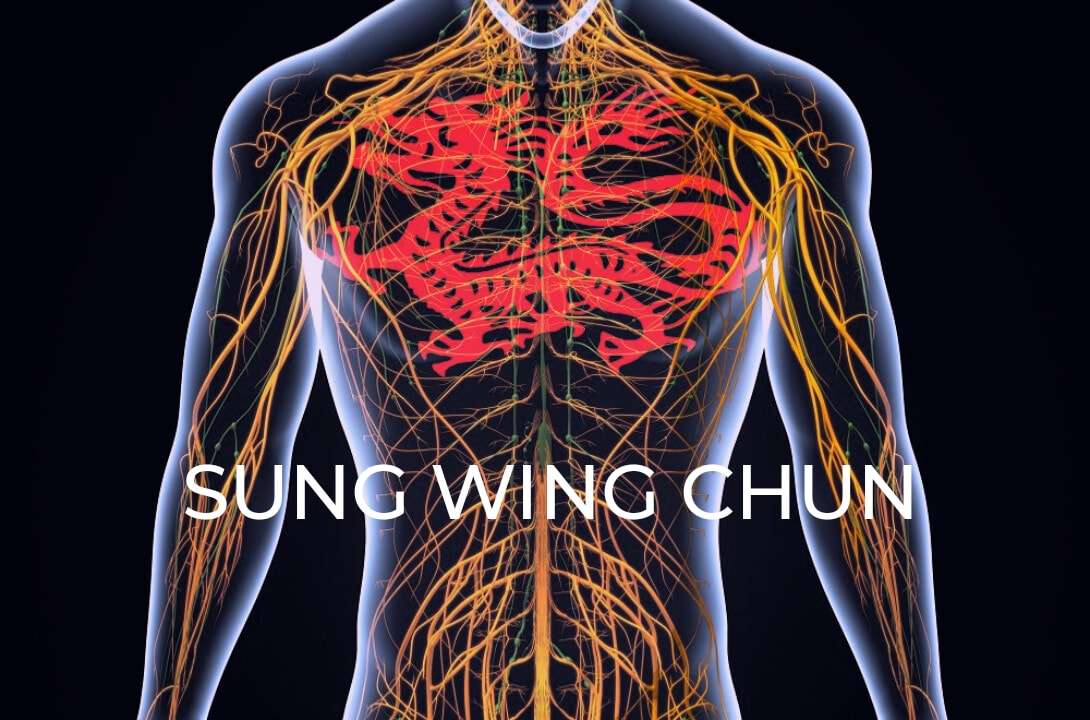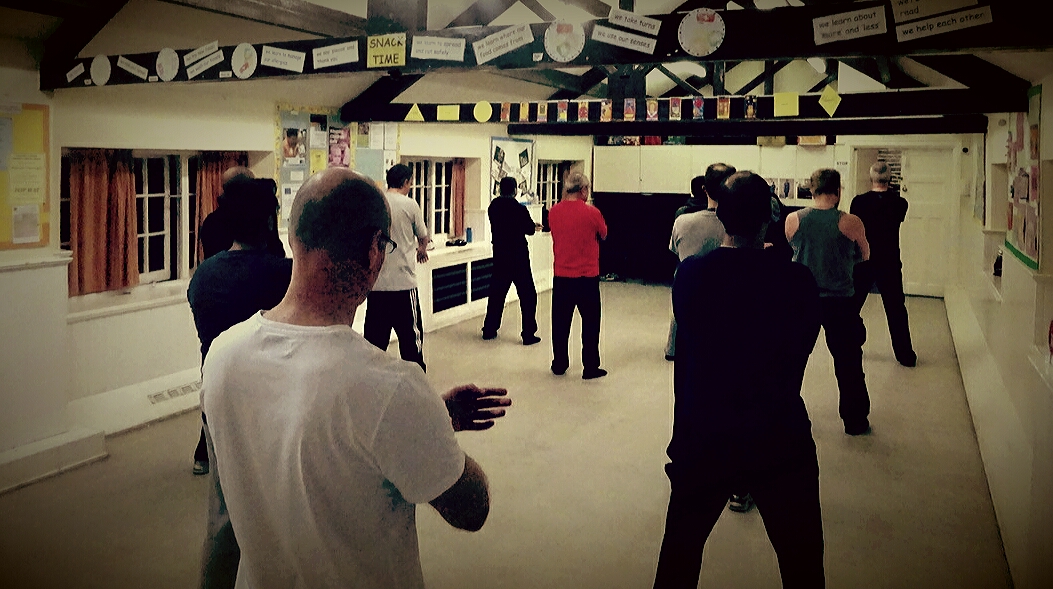The Sil Lim Tao Paradox
9/8/2016
Wherever wing chun came from it was a simplification of what came before; an evolution. If Ng Mui was the originator, she pruned the flowery movements of the shaolin kung fu she had learned. Later Leung Jan simplified it further, and it is common knowledge that when Ip Man started teaching in Hong Kong he removed a lot of what he considered superfluous movements. So what is left are three hand forms which define the system, and if you analyse those you can see most of the movements are contained within the first form.
So what makes Sil lim Tao (SLT) so special? In my lineage of wing chun it is held up on a pedestal, the main focus of our training and the source of our unique power. Ip Man had his students practice the form for 12 months before he taught them chi sau and Chu Shong Tin did the same with his students. My sifu reduced the term to 6 months, but that is a lot more than any school I have heard of in the UK. I am going to go out on a limb and say that solely practicing SLT for 6 or 12 months can be a waste of time. If you are doing it wrong, if your teacher does not have the requisite body knowledge, all you will be doing is resisting gravity and building muscular stiffness into your body system. I can say this as it is what I did for a long period of my own training. What I learned was to very subtlety brace muscles so when force was applied to me I was able to resist it. I got better and better at it but once the force got too great my whole structure would collapse. This lesson was painfully given to me 5 years into my training when I first visited Hong Kong. Since 2008 I have been re-engineering my body; to do this I have tried to follow the evidence*. Chu Shong Tin did not actually emphasis SLT over the last 10 years of his life, he emphasised gaining body awareness through standing practice. From this he taught the arms movement of wing chun connected to the proper body structure. Those arm movements are all in the SLT, but just doing the form and moving your arms does not in itself help deliver the power so many seek. The more I teach the more I realise that without standing practice you have no way of starting the communication with your body needed for an internal art. But just as important in the need for the mind to understand how relaxation can be powerful; and for this you need the interaction with a teacher/partner who is more experienced. The real irony I now perceive is that for a beginner to a get a feel for this the joints need to be loosened and that only really works at first with bigger movements. In fact it helps if you move your body and open your shoulder joint to its maximum extent (use the chum kui or bil jee form), which can look nothing like SLT. As you get the idea of this and progress, the movement gets small and smaller until it is not perceivable to most people (it's internal). At this point the true SLT takes shape. So what we have is this tiny compact form, the seed of wing chun. However for its movement to be useful as a fighting form you have to have had internalised the ideas to a very great extent and this takes time and hard work. Hence this is why most chi sau on display on YouTube looks nothing like the forms and the sparing looks nothing like the chi sau. Without internal focus the movements have to be bigger (if you cannot effectively use your mass properly you have to rely on acceleration or pushing) and so the wing chun principles go out the window. Here is an idea. Perhaps we all have it wrong... I was told long ago that the forms progress along the following lines; SLT - we start with the hand along the centre line in the perfect position; Chum Kui - the hand is off the centre and we learn to pivot to regain it; Bil Jee - we start the movement in a poor position from where we attack the other person's centre. The actual reality or fighting is that if we are attacked we never have the perfect centre position. We are off-line and have to regain it. Therefore it is strange for us to start practicing the art from a perfect position if only a true master would ever be able to get there. It could be argued that the logical place to start is therefore the Bil Jee form? Personally as time goes on I do not get hung up on forms, you can learn the movements and map them back to the form or learn the forms first and then try to understand them. None of it matters unless you can connect the movements to your centre of mass. I do not claim any mastery of this, I am a student of the idea. However as a teacher I am now following the evidence further, in hand with our students, because when they get it right the results can be startling. * I have borrowed the term 'follow the evidence' from Mark Ho, he is the Sherlock Holmes of wing chun investigation.
0 Comments
Your comment will be posted after it is approved.
Leave a Reply. |
AuthorKeeping you up to date with what is happening in class Archives
July 2024
Categories |


 RSS Feed
RSS Feed